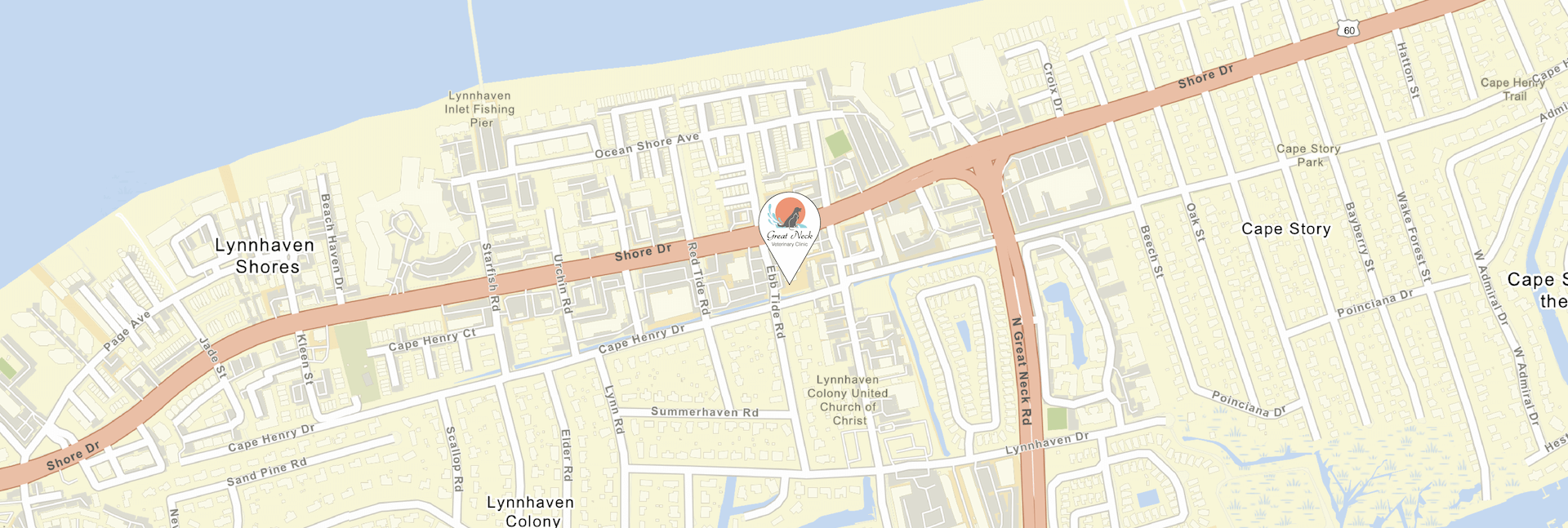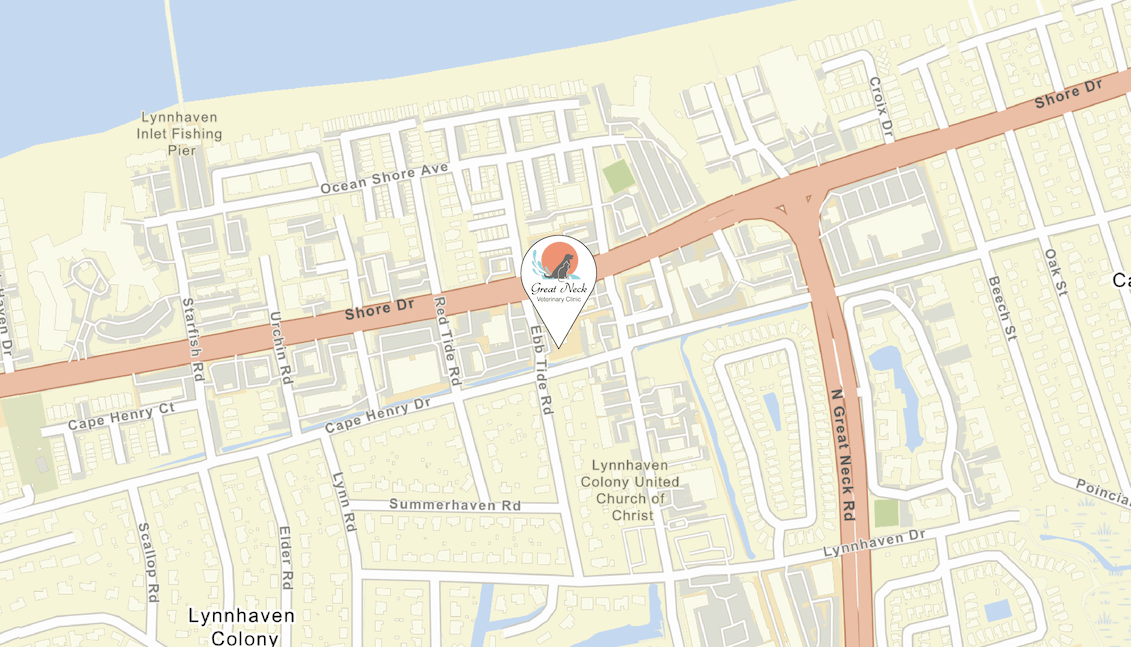Veterinary Diagnostics

There are many occasions when your pet is ill, but a physical exam is not enough to determine the root cause of the illness. Here are some of the diagnostic tools and procedures that allow us to effectively treat your pet:
- Digital radiology (X-ray)
- Dental radiology
- Ultrasound
- CBC (complete blood count) and serum chemistry analyzers
- Urinalysis
- Intestinal parasite screening (float, direct, and cytology)
- Ear cytology
- Heart worm, Lyme, ehrlichia, and anaplasma testing
- Feline leukemia and feline immunodeficiency virus testing
- Giardia and pancreatic assays
- Fungal cultures
- Blood pressures
- Tonometry
- Parvoviral enteritis testing
- Glucose curves
- Fluid and tissue cytology
- Central venous pressures
In-House Veterinary Diagnostic Laboratory
Our in-house lab makes for easier, faster, and more accurate testing for your pet. Blood tests help our veterinarians determine causes of illness accurately, safely, and quickly and let us monitor the progress of medical treatments. Wellness testing can help catch many conditions early before they become more serious illnesses. “Chronic medical therapy” blood testing allows us to ensure that your pet’s medical therapies continue to be successful without overburdening his or her organ function.
We are able to perform many tests as they are needed for your pet’s care, including:
- Blood tests (for example, thyroid medication monitoring, kidney monitoring)
- Urine tests
- Skin scrapes
- Test for viruses (parvovirus, feline leukemia virus, and feline immunodeficiency virus)
- Heartworm disease
- Fecal examinations (testing for the presence of hookworms, whipworms, tapeworms, and roundworms)
- Ear cytology
- Mass cytology
- Skin cytology
- Complete blood counts
- Chemistries
Digital X-rays for Critical Care Diagnostics
We are proud to offer digital imaging for both general and dental radiology at Great Neck Veterinary Clinic. Digital imaging allows our staff to view X-rays quicker, not to mention clearer.
The imaging procedure is completely painless and can be performed on calm and cooperative pets without sedation. Your veterinarian may administer a sedative or general anesthesia in cases where a dog or cat has trouble becoming fully relaxed naturally or when positioning may be uncomfortable for him or her.
- All of our X-rays are evaluated by board-certified radiologists who give us their expert advice and reports within a few hours.
- Your pet may have to be admitted for the day if X-rays are necessary. However, we can often have X-rays taken immediately and have the information we need in urgent situations.
- Copies of X-rays can be stored on a CD and viewed on any computer at the owner’s request.
Great Neck Veterinary Clinic considers the use of digital radiography technology as a critical tool in modern diagnostic procedures. For you, this means that the next time your pet has a dental scaling, we will be able to look at highly detailed images of your pet’s teeth, their roots, and the surrounding bone structure. This also enables us to make the best decisions possible about the health of individual teeth. Our veterinarians are able to detect bone fractures, bladder stones, tumors, and soft tissue problems (those related to the heart, stomach, intestines, and reproductive and urinary systems), as well as locate swallowed foreign objects such as toys or rocks, with the help of digital X-rays.
Radiographs are commonly used to evaluate injuries and conditions that require more than external examination. Radiology equipment gives us a non-evasive way to observe your pet’s internal physiology so we can provide a thorough and accurate overall diagnosis.
Ultrasound Services: Non-invasive Diagnostics for Your Pet
Ultrasound is a safe, non-invasive diagnostic procedure, which, unlike X-rays, does not result in your pet’s exposure to radiation. An ultrasound machine uses sound waves to penetrate the internal organs and creates an image that is displayed on a monitor. The procedure involves using a hand-held probe on the skin above the area being studied.
An ultrasound examination uses sound waves and a computer to display a video image of the organs and tissues of the body. It usually does not require anesthesia and has no negative side effects. By studying these images, we can identify abnormal structures or diseased tissues. An ultrasound examination can be performed on individual body systems or the entire abdomen.
Abdominal ultrasound simplifies the diagnoses of internal disease by providing veterinarians with a clear view inside the patient’s stomach, liver, kidneys, and other internal organs.
Some of the common reasons for ultrasound of the abdomen are:
- Liver disease
- Kidney disease
- Pregnancy
- Urinary bladder disease
- Splenic disease
- Cancer Screening










